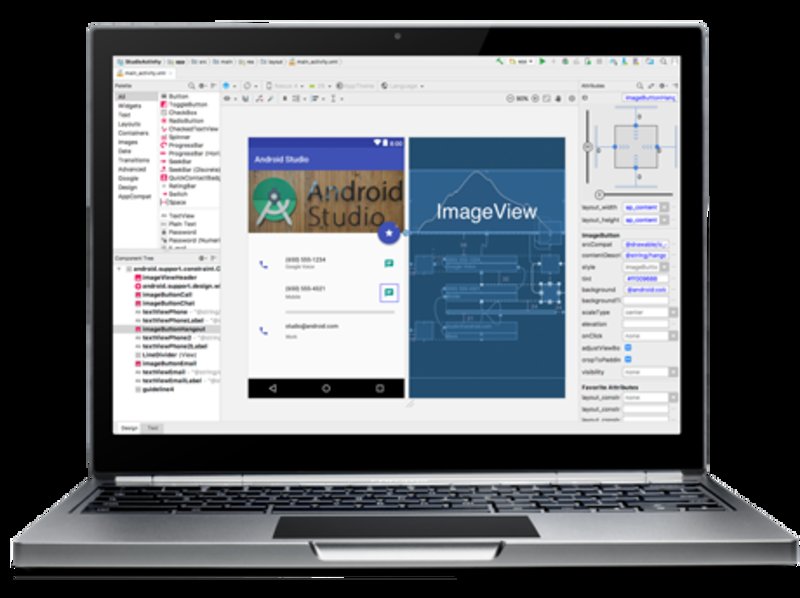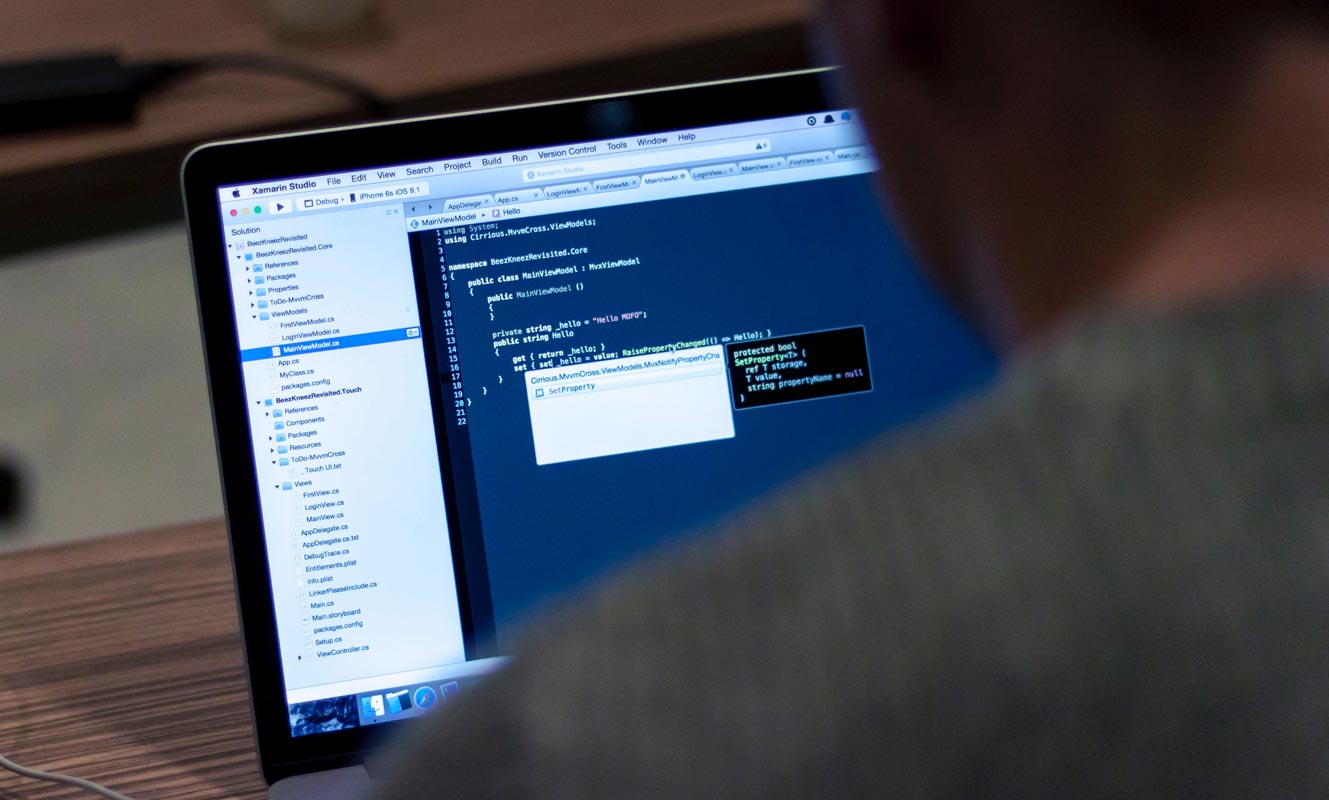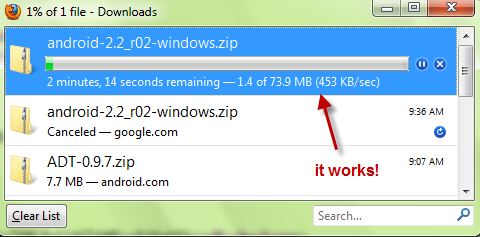Android SDK Platform Tools for Windows; Android SDK Platform Tools for macOS; Android SDK Platform Tools for Linux; How to use Android SDK Platform Tools. Using the SDK Platform tool is easy and convenient in most of the cases. Here in this guide, I will share how you can use ADB and Fastboot features using the Android SDK Platform Tools. If you want to run Jitsi on your own desktop or server, you can download Jitsi Desktop, Jitsi Meet and all Jitsi related projects below. Use the stable builds for more consistent behavior. Latest nightlies contain all our latest and greatest additions at the expense of some eventual instability. Mobile Apps: Self-hosting.
The sdkmanager is a command line tool that allows you to view, install,update, and uninstall packages for the Android SDK. If you're using AndroidStudio, then you do not need to use this tool and you can instead manage yourSDK packages from the IDE.
Ultimate chicken horse mac download. The sdkmanager tool is provided in the Android SDK Tools package(25.2.3 and higher) and is located inandroid_sdk/tools/bin/.
Usage
You can use the sdkmanager to perform the following tasks.
List installed and available packages
Use the channel option to include a package from a channel up to andincludingchannel_id. For example, specify the canary channel to list packagesfrom all channels.
--channel=0 or remove the --channeloption entirely.Install packages
The packages argument is an SDK-style path as shown withthe --list command, wrapped in quotes (for example,'build-tools;29.0.2' or'platforms;android-28'). You can pass multiple packagepaths, separated with a space, but they must each be wrapped in their own set ofquotes.
For example, here's how to install the latest platform tools (which includesadb and fastboot) and the SDK tools for API level 28:
Alternatively, you can pass a text file that specifies all packages:

The package_file argument is the location of a text file in whicheach line is an SDK-style path of a package to install (without quotes).
To uninstall, simply add the --uninstall flag:
To install CMake or the NDK, use the following syntax:
For example, use the following command to install the specified NDK version regardlessof which channel it is currently on.
Update all installed packages
Options
Mac Install Android Sdk
The following table lists the available options for the above commands.
Android Sdk For Mac
| Option | Description |
|---|---|
--sdk_root=path | Use the specified SDK path instead of the SDK containing this tool |
--channel=channel_id | Include packages in channels up to and including channel_id. Available channels are:
|
--include_obsolete | Include obsolete packages in the package listing or package updates. For use with --list and --update only. |
--no_https | Force all connections to use HTTP rather than HTTPS. |
--verbose | Verbose output mode. Errors, warnings and informational messages are printed. |
--proxy={http | socks} | Connect via a proxy of the given type: either http for high level protocols such as HTTP or FTP, or socks for a SOCKS (V4 or V5) proxy. |
--proxy_host={IP_address | DNS_address} | IP or DNS address of the proxy to use. |
--proxy_port=port_number | Proxy port number to connect to. |
REPO_OS_OVERRIDEenvironment variable to either 'windows', 'macosx', or 'linux'.The sdkmanager is a command line tool that allows you to view, install,update, and uninstall packages for the Android SDK. If you're using AndroidStudio, then you do not need to use this tool and you can instead manage yourSDK packages from the IDE.
The sdkmanager tool is provided in the Android SDK Tools package(25.2.3 and higher) and is located inandroid_sdk/tools/bin/.
Usage
You can use the sdkmanager to perform the following tasks.
List installed and available packages
Use the channel option to include a package from a channel up to andincludingchannel_id. For example, specify the canary channel to list packagesfrom all channels.
 Note: To list only stable packages, use
Note: To list only stable packages, use --channel=0 or remove the --channeloption entirely.Install packages
The packages argument is an SDK-style path as shown withthe --list command, wrapped in quotes (for example,'build-tools;29.0.2' or'platforms;android-28'). You can pass multiple packagepaths, separated with a space, but they must each be wrapped in their own set ofquotes.
For example, here's how to install the latest platform tools (which includesadb and fastboot) and the SDK tools for API level 28:

Download mac os x 10.6 snow leopard iso. Alternatively, you can pass a text file that specifies all packages:

The package_file argument is the location of a text file in whicheach line is an SDK-style path of a package to install (without quotes).
To uninstall, simply add the --uninstall flag:
To install CMake or the NDK, use the following syntax:
For example, use the following command to install the specified NDK version regardlessof which channel it is currently on.
Update all installed packages
Options
The following table lists the available options for the above commands.
Android 10 Sdk Download

Mac Android Sdk Download
If you want to install packages for anoperating system different from the current machine, set theREPO_OS_OVERRIDEenvironment variable to either 'windows', 'macosx', or 'linux'.
